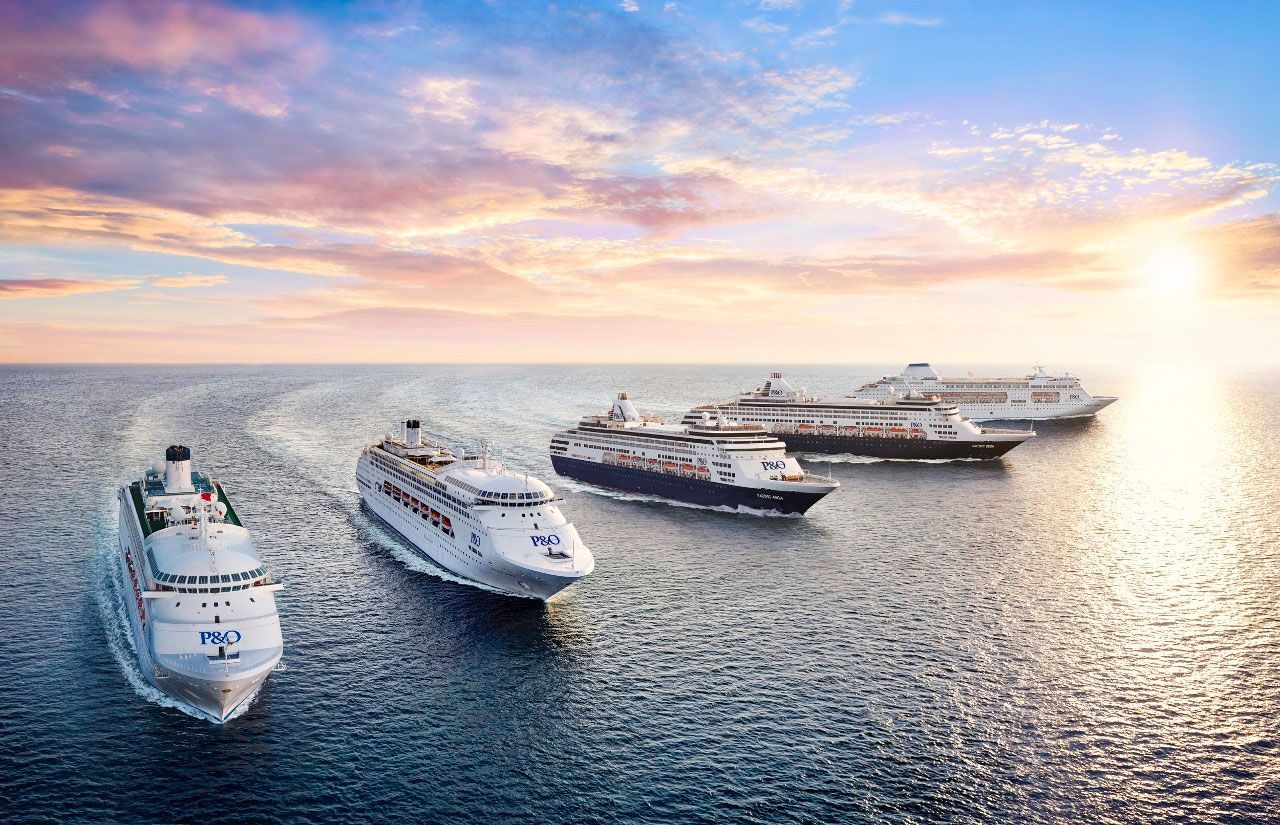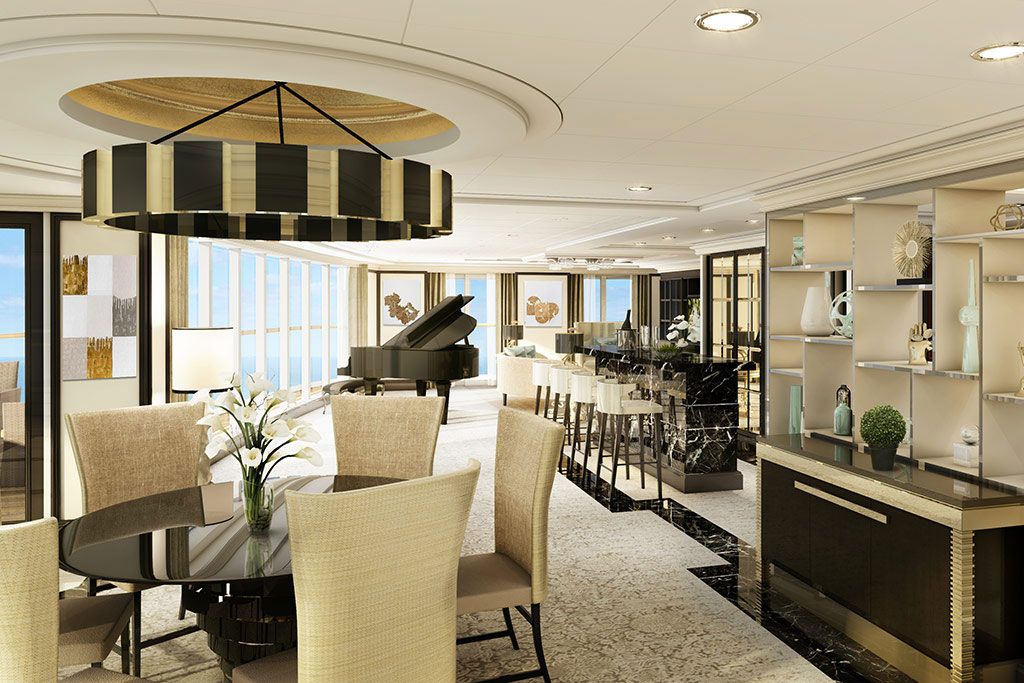
Photo Credit: Cynthia Dial
Upon arrival in Ushuaia, the tip of Argentina and debarkation port for Antarctic cruises, I was greeted: "Welcome to the end of the world. Or to the beginning." And with this salutation of superlatives, my adventure started.
Decisions, decisions
So once the opportunity arose, research began. Knowing the main method to travel is via cruise ship, my thought process was basic but definitive. As each landing is limited to 100 persons simultaneously, this translates to splitting time with fellow passengers on larger ships. Timing during the November-March spring/summer cruise season (seasons are the reverse of the Northern Hemisphere) was considered.

Spring meant fewer ships jockeying for position at prime spots. After the harsh winter, the terrain is virtually untouched, making it likely you’ll be the season’s first to step onto many sites. It’s also mating season; penguins are plentiful but you won’t see newborns. Mid- to late-season features warmer (relatively speaking) weather, newly-hatched penguin chicks and higher concentrations of whales and seals; but being peak season, ships are in greater abundance too.
An additional goal was an authentic adventure in a comfortable environment. My choice: A mid-size (80-passenger) exploration vessel, the M/V Antarctic Dream, on which I joined a collection of international passengers for the season’s second outing.
Anchors aweigh
Fast forward: 4 p.m., 11/11/11. Introduced on the ship’s Piloto Pardo deck, the multi-national crew was as impressive as it was enthusiastic. Expedition leader Jordi (Spain) is a marine biologist; he divides time between the Arctic and Antarctic. Zodiac master Maximiliano (Argentina) advised, "Do not keep your eyes behind the camera. Take pictures with your mind. Keep them in your soul." But it was guide/lecturer/photographer Cristina (Chile), a trained veterinarian, whose comment was the greatest lure: "Antarctica is like going to another planet where animals receive you with a smile."

Travel to the bottom of the world is no quick commute. Crossing Drake’s Passage was a challenge. It’s the water mass beneath South America where the Atlantic and Pacific Oceans inhospitably converge, at times creating some of the planet’s roughest seas. But after two days of rolling from one side to another, I awoke to calm. And the view from the window-surrounded dining room unveiled a winter wonder landscape: Antarctica (62° S).
Land of extremes
As the coldest, highest, windiest, driest and iciest, Antarctica is considered one of the least hospitable places on earth. It is a land of mammoth proportions. The continent is almost completely covered by an icecap — snow accumulated over hundreds of thousands of years. And when huge ice masses break into icebergs, they sometimes measure up to several miles. Antarctica has no native people, no cities, no formal government. Instead it is home to penguin colonies, migrating whales, soaring sea birds and beach-lounging seals.

Rules of the road
The animals are unafraid of humans, providing guests the opportunity to wander amid them. It’s a different world where new rules apply. "Get no closer than 15 feet to the animals," we’re told. "Penguins don’t know these rules so they may come closer. And if you have to cross a penguin highway, they have the right of way."
Wish-you-were-here memories
"Good morning, good morning, everybody. How are you?" greeted Jordi each morning over the ship’s speaker system before announcing the day’s Plan A, Plans B, and C were always possibilities due to Antarctica’s unpredictable weather. Our rewards were bountiful, from sitting amongst penguins and watching an iceberg break and flip, to wading through knee-high snow during a continental landing and celebrating the event atop the ship with champagne toasts, salsa dancing and a conga line.
Half Moon Island: Excitement was unabated. On our zodiac approach, we had our first sighting of penguins. After climbing the snow-crusted hill, we observed a colony of chinstrap penguins, one Adélie and one macaroni penguin.

Hannah Point: Much like time-travel to a prehistoric era, this site is almost barren of snow but not barren of animals. Here, we discovered a non-reported breeding colony of southern elephant seals. Factoid: the largest of all seals, males can weigh more than two hippopotamuses.
Selvick Cove: Heavy ice conditions halted our progress when aiming for Cuverville Island necessitating Plan B, which translated to a continental landing (not always possible on every cruise). In route we passed an ice floe with an emperor penguin. Factoid: The four-foot-tall penguin featured in March of the Penguins.
Port Lockroy: "We have popped up on your ship from those little buildings over there, so welcome to Port Lockroy," greeted Cat, one of four seasonal staff at the former British station — now a historical museum, gift shop (yes, they take credit cards) and post office (the world’s southernmost). Factoid: They’ll stamp your passport.
Cierva Cove: Our two-hour zodiac excursion was a tour amongst white, crystal clear and intense blue icebergs. A three-week-old crabeater seal pup was spotted on an ice floe. Factoid: Though the world’s most common seal, sightings are rare; they inhabit Antarctica’s packed ice zone and are seldom on land.
Lemaire Channel: In snow flurries we navigated between icebergs towards the well-known channel until passage to its entrance was blocked by ice, reaching the trip’s southernmost latitude (65°02’S).

First hand, last word
An English couple, Barbara and Alan, summated: "Antarctica’s personal interaction with wild life, as opposed to an African safari from an enclosed protected vehicle, is different; it’s more of an independent adventure." Don, from Victoria, Canada, wanted to experience Antarctica’s natural state of pure pristine. After narrowing his ship choice to three, he selected the Antarctic Dream. "The timing was perfect." German-born Sigrid is well traveled, having visited Machu Picchu and the Galapagos prior to her trip south. Of Antarctica she gushed, "It’s like a moving fairy tale."
Official scoop
Honored by the U.S. government with Landau Glacier named in her honor, Denise Landau (former Executive Director of the International Association of Antarctica Tour Operators, IAATO), is committed to the continent. As a specialist I sought her insight. "I wouldn’t say that any wildlife is endangered." Landau cites population fluctuations in penguins as the result of climate changes and sea ice reduction, causing the relocation of penguin species, but not an overall decline in their numbers.

"Tourism travel changed dramatically in 1970 following the introduction of a purpose-built ship, the Lindblad Explorer," explained Landau. Since that time tourism increased from few ships in the 1970s-80s to some 45-50 currently. The recent inclusion of ships with 1,000 or more passengers introduced Antarctica to cruise only/no landing tourism. The future? Landau expects Antarctic tourism to diminish somewhat due to world economy and rising fuel prices, but oversight by IAATO bylaws and the Antarctic Treaty will continue to ensure environmental protection.
The White Magnet
Travelers to Antarctica earn premiere bragging rights. Over 30,000 are expected this tourist season — the 100th anniversary of reaching the South Pole — Amundsen in 1911; Scott in 1912. So if you're ready to be a part of the lucky few, dust off your passport, don your thermals and step into the boots of an explorer. For more, go to Adventure-Life.com.
See our picks for Best Adventure Travel

Cynthia Dial
Penguin colony colony and beyond

Cynthia Dial
Zodiac Master Maximiliano

Cynthia Dial
Emergency huts














